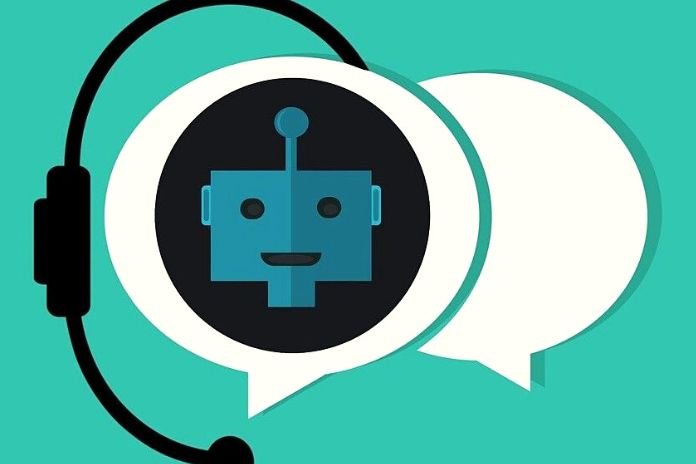Chatbot: What It Is And What Advantages It Brings To Companies
Multichannel is increasingly assuming a central role and strategic importance for companies in all market segments. The consumer has drastically changed, especially in the last two years, characterized by the Covid-19 pandemic. In this context, the chatbot phenomenon, and live chat in general, has spread rapidly. During the lockdown, for example, chats represented one of the main channels of contact between companies and their customers: the brands that had already opted for this digital solution found themselves not only at an advantage in maintaining live and continuous contact with their customers, but they have also increased their credibility in the eyes of potential new customers.
The pandemic has not only changed the habits already mentioned above but has also changed the perception that a consumer can assume towards a particular company: according to the Global State of Customer Service study by Microsoft, about 58% of consumers declare themselves ready to change supplier due to poor customer care and, for this reason.
Types Of Chat
Traditional live chat, operated by a human team, is increasingly in competition with other forms of fully or semi-automated chat: chatbots. A chatbot is a program designed to simulate a human conversation through text or voice interactions. There are different types of chatbots:
- Menu-based Chatbot: this is the most common type of Chatbot. It proposes a menu with a list of options that represent the most requested topics by the customer base.
- NLU AI Chatbot: the bot analyzes and understands natural language or a written sentence (Natural Language Understanding), thus returning a smooth and fluid conversation with the customer. The artificial intelligence model is guided by a human figure (chatbot trainer) who teaches and trains the machine to interpret the specific language of the human being, coherently elaborating the meaning of the sentence written by the customer. In some cases, the role of the bot trainer has been automated through advanced machine learning and deep learning techniques.
Hybrid Chat By Design
As we have highlighted, there are different types of chat. The ideal solution for customer care 2.0 is to combine and exploit the advantages of all the components, both human and with the support of artificial intelligence. The result is an architecture able to satisfy the requests of care through bots and human intervention and, at the same time, able to seize sales opportunities, limiting the costs of live chat monitoring. In this way, a perfect balance is obtained and a complete structure able to balance the pros and cons of the individual solutions thanks to the combination of different characteristics: above all, empathy and human flexibility with the optimization and efficiency of artificial intelligence without the customer running the risk of running into unpleasant loops due to the bot’s lack of understanding of the request.
The artificial intelligence interprets the customer’s request thanks to the daily training of the Chatbot’s IS BLU model. It determines whether to continue the conversation through a Self-care path or to transfer the chat directly to the human operator for particularly complex instances or intentions. Of sales, mainly if the target market segment consists of high competition. The architecture of the Chatbot also allows the automation of some solutions particularly requested by customers (such as sending an e-mail, possible through the Chatbot) or integration with any corporate CRM platform.
A hybrid chat by design offers companies a new opportunity to connect with potential customers and existing customers looking for a unique savings opportunity or dedicated assistance by implementing a retention strategy. In some cases, it is a target with a high churn risk that can be intercepted and recovered thanks to a chat service in which the customer can find the answer to his need to care and an opportunity to save with an ad hoc offer. The success of a brand is represented by an experienced as-a-service, a union between the traditional cloud model with the multi-channel approach, able to offer its customers assistance that can be contacted at any time and from any place.
The Advantages For Companies
The various types of chatbots represent a solution for reducing the costs of monitoring a live chat operated only by human consultants with defined times. The significant growth of the chatbot phenomenon is due precisely to the consumers’ need for constant assistance, 24 hours a day and seven days a week. But that’s not all: the Chatbot represents a rapid, immediate and usable communication channel for the user. At any time, in any place and with any device with a consequent lowering of the cost for the supervision of human consultants.
However, this care experience has not always been appreciated by users: the inability to talk to a human operator or, worse, the bot’s looped responses, as well as not providing an adequate and decisive solution to the customer, is likely to be a frustrating experience. For this reason, introducing artificial intelligence in chatbots is becoming increasingly popular to make the conversation as natural and decisive as possible.
Also Read: The Chatbot, The Virtual Agent, And The Human Service
Share this content:












Post Comment